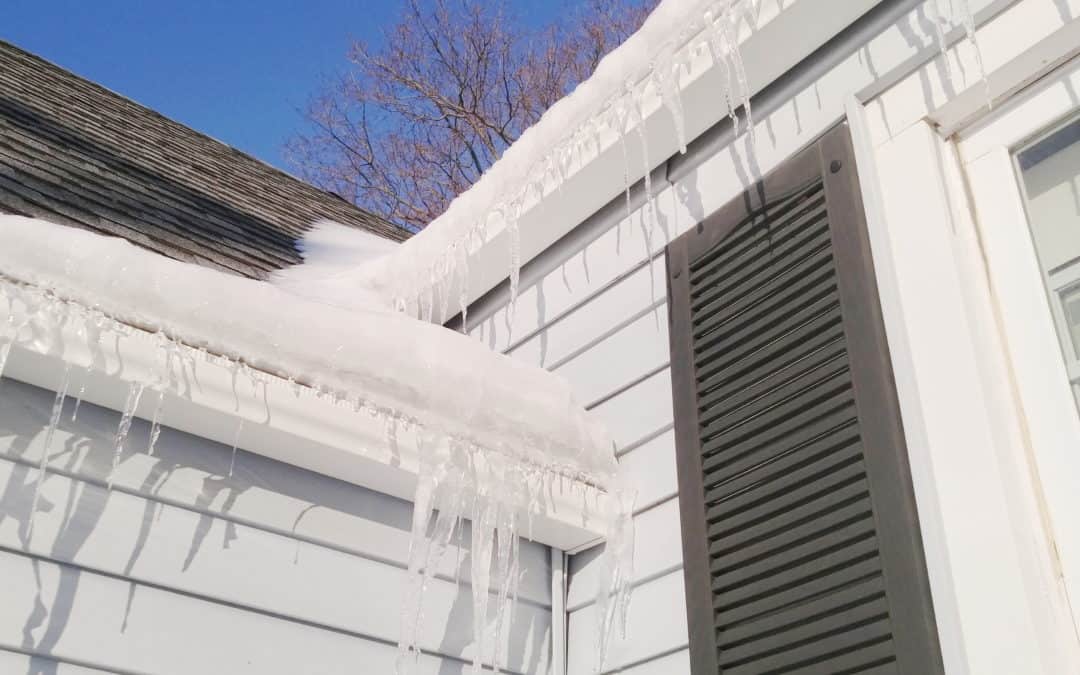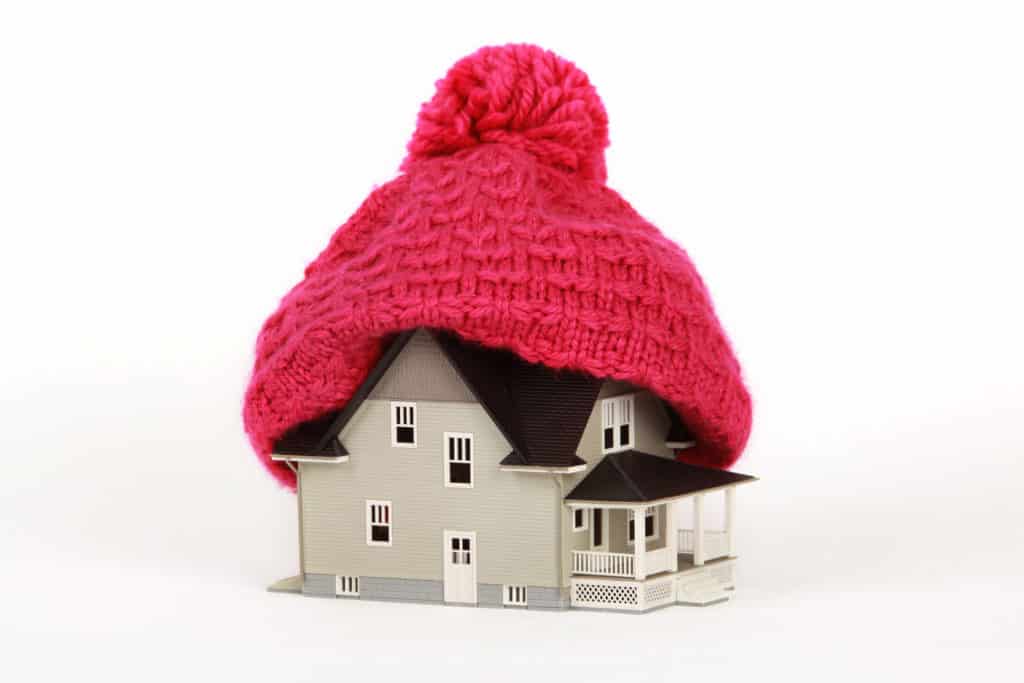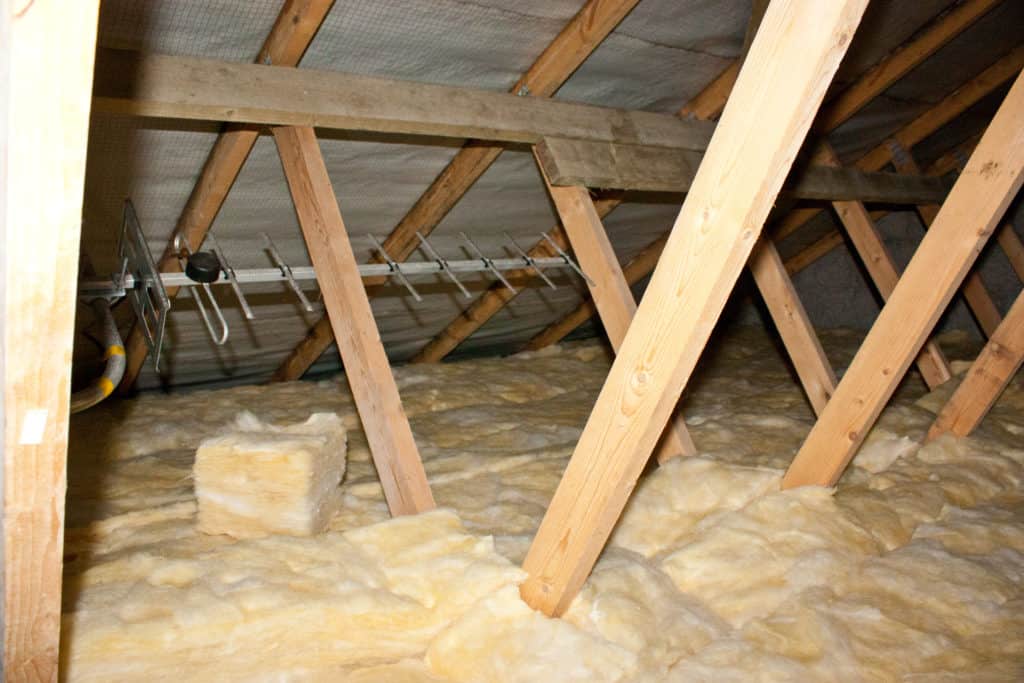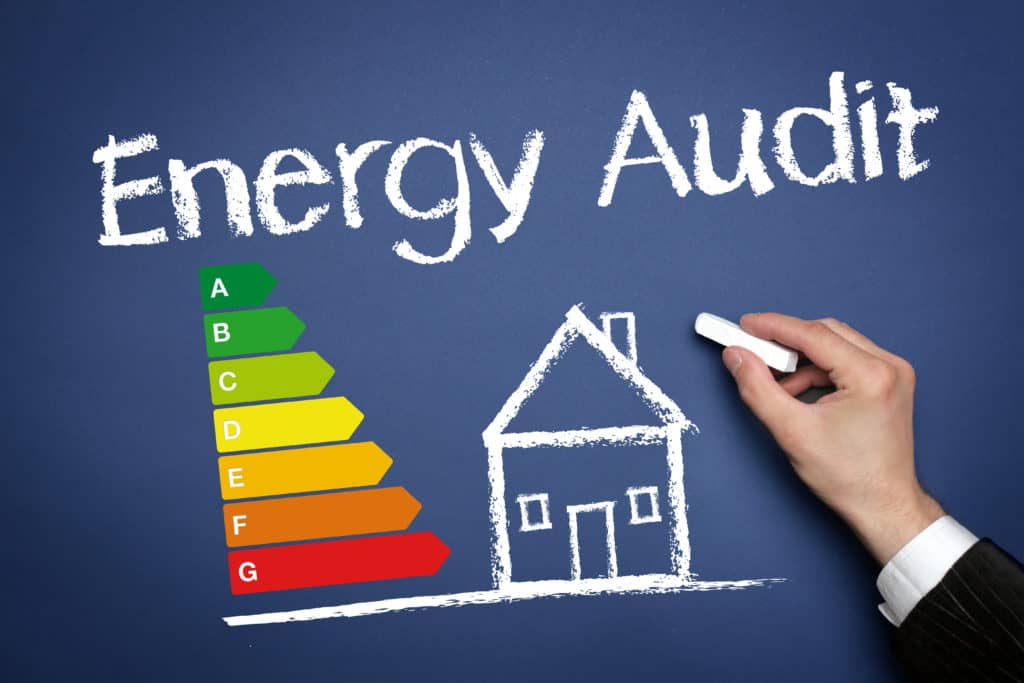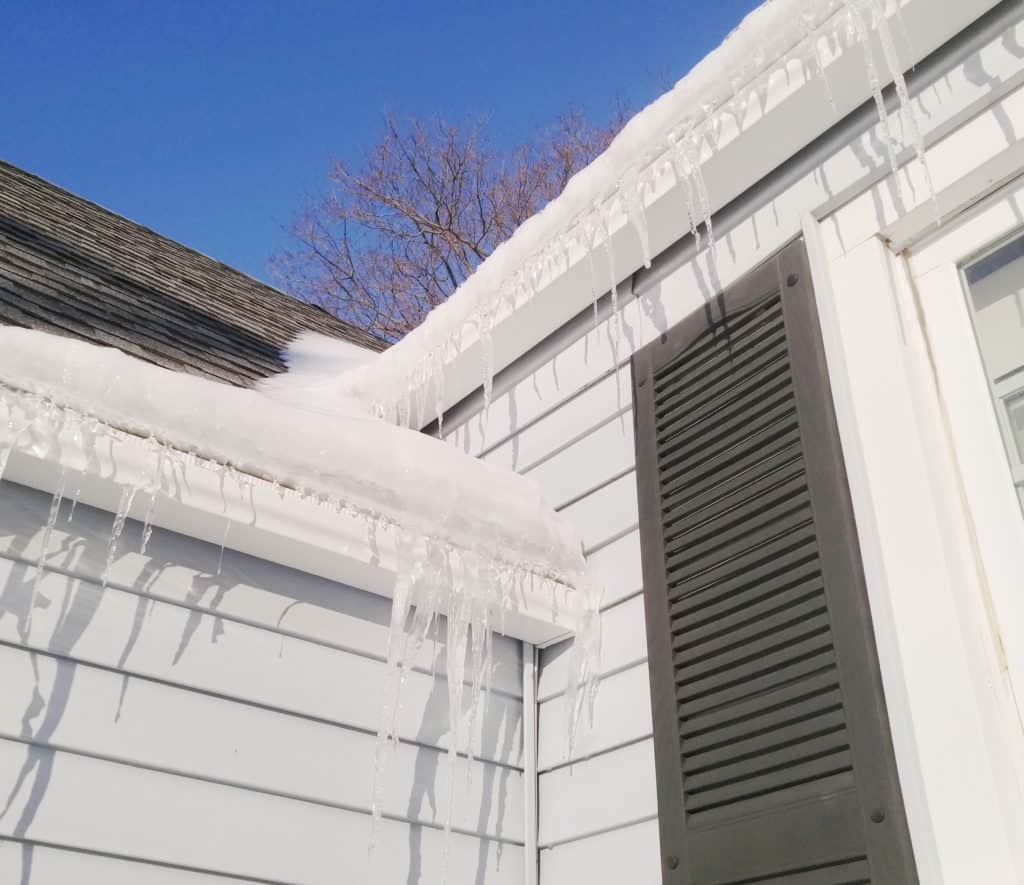Winter is upon us, time to unpack the winter clothes and brace for the roller coaster that is the weather of the Midwest. Just like your winter coat, your home should be well insulated to handle the drop in temperature.
Attic Insulation
Most people probably don’t contemplate about the amount of insulation that’s in their attic; out of sight, out of mind. But according to Energy Star, 90% of American homes are under-insulated. This means American homeowners spend more on their energy bill than needed.
How can you tell if you don’t have enough insulation? Energy Star advises if your insulation sits level or below your floor joist you need to add more insulation. A more technical standard to help determine the appropriate level of insulation is to look at the recommend R-Value of insulation for each region of the United States. R-Value is the metric that shows how well insulation resists heat. For the Midwest, specifically for the St. Louis Metro area, the recommended R-Value is R-38 (See R-Value Map). This comes out to around 10-14 inches of insulation.
Energy Audit
Another way to gauge if your home is under-insulated, as well as the overall energy efficiency of your home, is with an energy audit. Ameren Missouri offers energy audits that will help you understand and improve your home’s efficiency.
Before Adding Insulation
First things first, before you add more insulation, you want to make sure there aren’t any holes or gaps that allow for air leaks. Look for leaks areas around ceiling fixtures exhaust fans, plumbing stacks, wiring holes and recessed can lights. Seal off these areas with spray foam insulation. However, you need to be aware that you can make the attic too airtight, so services like energy audits are even more important to take advantage of before doing energy efficiency home improvements.
Insulation Choices
When replacing your insulation there are a few options to choose from. The three most common insulation types are:
- Spray Foam Insulation for better overall sealing and insulating.
- Cellulose Insulation, which is easy to modify for attics in older homes and has great insulation properties.
- Fiberglass Insulation, a very effective insulator, but is not a great solution to seal air leaks.
Ice Dams
As we get further into winter with colder temperatures and snow, a common problem that homes with inadequate attic insulation have is ice damming. Ice dams are created when the snow melts on the top of the roof and then refreezes on the edges of the roof, creating icicles. This dam of ice can lead to water building up on the roof and seeping into the home. This melting and re-freezing can be attributed to low insulation spots below the roof and in the attic especially around air ducts, and hot water pipes.
Attic Ventilation
Proper insulation will help deter the inconvenience of ice dams from happening. Also, proper ventilation is another factor that comes into play. When the cold air from the outside is able to pass through the attic from soffit vents and out the roof, it keeps the roof cool enough that the snow doesn’t melt. But this is another reason it’s important to have good insulation in the attic as to not affect the overall energy efficiency of the home.
Air leaking can also attribute to ice dams. If the gaps around ceiling fixtures and pipes in the attic aren’t sealed up, air leaking from the floors below can sneak through and affect the temperature of the attic and the roof.
If you think you have any of the above problems, the professionals at Mosby Building Arts can help you investigate your insulation and energy efficiency. Mosby Building Arts has been helping St. Louis, MO area homeowners for over 70 years. Our deep bench of consultants have years of experience and will be able to find solutions for your home. If you are interested in scheduling a consultation, give us a call at 314-909-1800, or contact us here.




